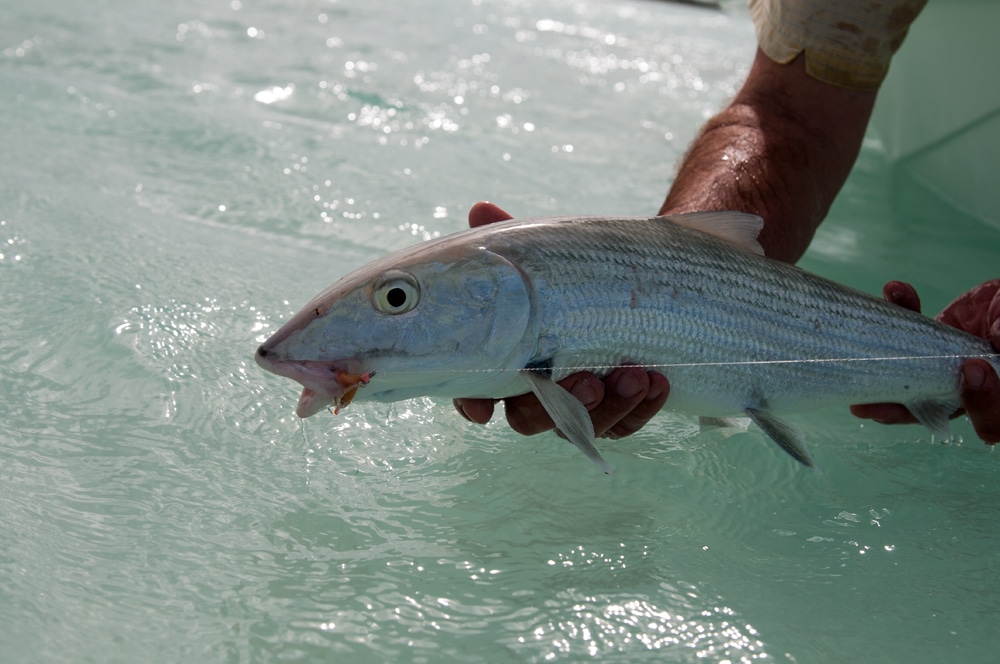Loosely defined, a legacy is a tradition that’s been handed down from generation to generation. To fully understand the foundation of any legacy, we must examine the past in order to know more about those who played a hand in why, and how, the legacy came to be. Only then can we gain a true appreciation for the ones who follow in the footsteps of their predecessors.
Island to island, the list of names that could be credited with shaping Bahamian bonefishing could likely fill this entire page. In terms of Andros, names such as Rolle, Brennan, Leadon, Neymour and Smith immediately come to mind. While a bloodline doesn’t physically exist between these names, the surviving members of these families are bonded by a brotherhood of bonefishing, and each name has as much to do with the tradition as the fish itself.
Currently, the Bahamian bonefishing torch burns brightly, and those who hold it are ready and willing to pass it on; however, a legitimate concern has risen about whether or not they will find an extended hand to accept it.
To get to the bottom of the issue, we called upon Ian Davis, owner of Yellow Dog Flyfishing Adventures. During a 12-year stint running a successful fly shop in Breckenridge, Colorado, Davis learned the inner workings of the fly-fishing industry from a grass roots level and eventually hosted trips to Andros. Through these trips, Davis was able to develop relationships with guides such as Charlie Neymour and Prescott, Benry and Andy Smith, and soon his Bahamian business acquaintances became close friends that he continues to visit, send clients to and fish with today. Over the years, Davis became familiar with the legendary island, and it has since become one of his favorite destinations on the planet. When he joined Jim Klug, founder of Yellow Dog, it was a natural move for him to become the company’s Bahamian ambassador. Davis’ intimate knowledge of the island and close relationship with the Smith family (among others) made him the perfect land-based guide for five days of fishing and FFSW interviews with the Smith brothers and their father.

Prescott Smith
For our first stop, Davis selected Stafford Creek Lodge, owned and operated by Prescott, an intimidating yet very welcoming member of the Smith family. Over breakfast, Prescott expressed a love not only for the bonefish, permit and tarpon that inhabit the lodge’s surrounding waters but also for the vitality of the resource in which they swim.
Many guides credit their reason for getting into the line of work to their love for fishing — but not Prescott. Prescott humbly attributes his choice of profession to conservation. That’s not to say he doesn’t truly enjoy guiding or fishing. When he speaks about the bucket mouth of a tarpon opening on a fly, the wiliness of permit or how the giant bonefish of Andros “didn’t get that big by being no fool,” one can easily determine that there’s nothing he’d rather do in life.
“I’ve always loved fishing. From the time I was a toddler, I had my hand line with a bucket of crabs and would go on the beach and catch a little bonefish or a small permit. Back then, fly-fishing was pretty foreign to me, but from time to time, I would notice someone sneak in my father’s lodge through the back door with a fly rod. I remember thinking they were pretty strange characters waving that thing back and forth. I guess around age 10 or 11, I started waving that fly rod back and forth myself. After high school I joined the military, and … during that time my brother Andy started talking to me about spreading fly-fishing around the Bahamas as a way to educate the locals on how important the sport is to the Bahamas.” Agreeing with his brother’s words, Prescott saw running a fly-fishing lodge as not only a business opportunity but also a way of contributing to the resource and raising awareness about the significance of protecting it.
As the first bonefish of the day came boat-side only minutes after shutting down on our first flat, Prescott politely said, “Before you grab him, wet your hands, please. The water is cold so he is going to be just fine. Now, show off your first Andros bonefish.”
As he poled, in between a few missed shots and a couple more fish, our conversation steered from the issue of conservation to the future of guiding in the Bahamas. The root of the problem, Prescott said, is summed up in three words: education, education, education. “Kids today know that bonefish exist, but in my opinion, they don’t realize how important they really are — and that’s our fault. We haven’t done a good job of educating them across the board, and that goes for all of the Bahamas.”
Prescott’s counter to the issue can be seen through various youth camps that he runs through Stafford Creek. When he speaks about the reaction of the kids, his face completely lights up and a grin stretches widely across his face. “When I see these kids’ confidence level increase and as I see them realize what’s in their backyard and what’s been in their backyard their whole lives, I want to stop guiding and only run these clinics. Once we get them on the water, it’s hard to get them off.” Camps such as these certainly help the situation, but Prescott is adamant that something on a much grander scale needs to happen fast.

Benry Smith
From Stafford Creek, Davis navigated to a brand-new lodge, owned by Prescott’s brother Benry. When we arrived at Eva’s Bonefish Lodge, the paint was practically still drying and you could see that each and every aspect — from the entryways and the choice of cabinetry and countertop to the location itself — was handpicked and constructed by a person who takes pride in what his name is behind. Benry’s attitude on life is the infectious type. His smile and genuine love of laughter make you excited to share a boat with him, and his lighthearted guiding style subconsciously puts the angler at ease, which in turn takes a bit of the pressure off. Make no mistake, he takes his fishing very seriously, but if you make a bad cast, don’t expect to be scolded. Instead, wait for a deep laugh followed by a clever anecdote and a “No worries, that fish didn’t want to be caught anyways. There’s going to be another one, don’t worry.”
When he wasn’t pointing out cruising bonefish and giving instructions on presentation, Benry spoke of Eva’s, and when he did, the tone in his voice revealed the pride of an achievement he’s waited for his whole life. “My new lodge is my dream come true. Even though we fish the same flats, the same clients here and there with the same rods and reels, we still guide differently. The same applies to a lodge. It’s not a selfish attitude; it’s just that I want to treat my guests a certain way, and in business, to do that, you have to be the leader.”
As proud of Eva’s as he is, like his brother Prescott, Benry has a growing concern regarding the lack of young Bahamians picking up the trade and tradition of fly-fishing. When asked about the younger generation, Benry’s happy-go-lucky air softened and became more somber. “Getting the younger kids is so incredibly important. If guides really love and care about their profession, they’d want an apprentice. I feel that as a professional, especially here in the Bahamas, it’s our responsibility as a guide to pass on what we know to the next generation. We have a big job ahead of us — if the young folks don’t come up, this profession will just die. And that’s exactly what’s happening here on Andros and other Bahamian islands. It’s scary to think about what would happen if the skills and knowledge passed down from our fathers stopped at us. Luckily, many of us are doing what we can to contribute to various programs in the school system so kids in senior high can have another option for a profession when they graduate.”
Over the next two days, Benry pushed us around some of his favorite shallow-water spots, and we experienced great fishing. Having him on the platform reminds us that, oftentimes, the catching aspect of the sport is gravy and that the real meat and potatoes lie in your surroundings and the people you share the experience with. Departing Eva’s and Benry was bittersweet — his laid-back view on everything made us want to never leave; however, the good news was that we still had one Smith brother left to meet.

Andy Smith
Andy Smith — a name synonymous with big Andros bonefish — was next on our list. His presence alone somehow makes you aware of his capabilities as a guide. When you shake his hand, it feels as though he handles sharp and jagged boulders in his spare time. Perhaps that’s because, for a time, he did. Just like Benry, Andy wanted to do things a specific way — his way. With Benry’s help, Andy built his lodge, Broad Shad Cay, with his own two hands. To avoid causing any harm to his private island, after long days of poling deepwater flats for monster bonefish, Andy transported rocks from surrounding keys one by one to build his lodge. He’s as tough as nails yet very soft-spoken — quiet and extremely focused while on his perch. This man doesn’t acknowledge the presence of 6-, 7- and even 8-pound fish. Andy prefers trophy fish. “I want to take fishing to another level. I like challenges. I want to fish the angler who wants to accomplish the one goal that he had in mind all the while — catching that one big bonefish, the ultimate one. Our fishing isn’t set by the time of day; it’s set by what time the tide comes in. So if it’s 6 in the morning when we need to be on the flat, we’ll be running in the dark. When I see that big bonefish, I lose my knees, but I’ve got to keep my composure, because if the guide loses it, everything goes down. Even after all these years, I still get the buck fever.”
Andy, very passionate about the legacy he picked up from the generation prior, makes it clear just how important it is to pass it on once again. “We have a few young guides, which is good, but there’s a lot of room for growth. In order to keep the industry alive, we have to figure out how to get more involved, because that’s the future of the legacy and it concerns me greatly. I’m training my son because the future all depends on not just him but also my nephews and everyone else. We all want them to be in the business because it’s the only way we can keep the legacy of not just our family alive but the tradition of bonefishing.”
Despite a growing concern for the future, even as Andy ages, he said, he doesn’t see any signs of slowing down. “A guide never retires. Even when he’s physically unable to push the boat, in his mind, he thinks he can. I am going to push until I can’t do it no more, not because I have to — but because I love it. It’s my life, it’s in my blood, it’s who I am, and I’m not trying to run away from it.”
Charlie Smith
Spending time with the Smith brothers was awe-inspiring. Coming from a self-admitted bonefish junkie, knowing that there are guides doing more than talking and actually taking proactive action about a potential problem is refreshing. Traveling through the north end of Andros and meeting these brothers wouldn’t be complete without visiting their father, Charlie Smith. “Crazy Charlie” is the namesake of what is arguably the most well-known bonefish fly in existence. So popular was this pattern that, to this day, many people refer to flies tied in this style simply as a Charlie. In terms of patterns, Charlies cover a wide spectrum, but as a person, Charlie is anything but broad — one-of-a-kind would be more appropriate. Charlie had made the Bang Bang Club on Pot Key his home, and the decor and construction of the closed lodge matches his personality — charming and weathered. He smiles when he speaks about his children and also gives a logical and possible reason as to why Crazy was added in front of his name. “I’m the father of 16 sons. And, I make sure that everyone staying around me can use a fly. Oh, man, I’m so proud of my boys. That’s how come I’m so poor; I spent all my money on them. Yeah, man, I’m proud of them, very proud of them.”
Prescott, Benry and Andy all had a lot to say about their father and how he influenced them. As they explained, they’d often interrupt their own thought with an impersonation of their father, which showed how grateful they all are for what he instilled in them.
“He was really ahead of his time and was a great influence on me,” Prescott said. “But, to be honest, I was angry with him for some time. My father was spending all this money on all these boats for upcoming guides instead of investing it into my college education. However, I eventually realized that what my father did was one of the best models of conservation I had seen. I realized that, if you want people to protect the resource, you have to empower them.”
“My father was just fascinated by bonefishing,” Benry told us. “He showed me that you can make a good income and enjoy what you are doing to earn it. You could see that he’d be a little miserable when there weren’t any guests around, but when they arrived, he’d start dancing around, make himself a drink, and you could see, Daddy’s right at home.”
“My father is unbelievable. He’s not afraid to do and say things,” Andy said. “When he came to the bight, the industry was already started; he joined into it and started Charlie’s Haven in the ’70s. After the Bang Bang Club failed, in many ways Charlie’s Haven kept the bonefishing industry alive in the North Bight along with other bonefish guides such as Ivan Neymour, Rudy Bell, William Brennan — the list goes on.”
Acknowledgment of Charlie’s contributions didn’t come only from his sons. Charlie Neymour, son of the legendary Ivan Neymour and owner of Big Charlie’s, expressed gratitude to the man he was named after. “Thank God for Charlie Smith and his knowledge. As a guide, he was one of the greatest of all time. His attitude is superior. Overall as a person, he’s magnificent. If he knew he hurt you in some way, he’d take that little boat of his into the channel and sit there all night. Honest to God. Smitty was always like that; he was there for everybody. Everybody was glad and proud of what he did for the industry.”
All the Smiths give a strong impression that none of them got into the business for the money but rather because their father, among others, inspired them at a young age to love and respect a fish that’s invaluable to their country’s past, present and future. The Bahamian bonefishing legacy must continue, but it’s up to the next generation.
While sipping one last Kalik at Charlie Neymour’s bar the night before departure, Neymour remarked, “Nobody on this land can pay you like the fishing industry. I don’t care what you do, nobody can pay you like the fishing industry, and I’m not talking about money. Kids today need to understand, if they put forth the effort, they can be a great and respected guide, and in a short time, they can really be somebody in life. Anybody can become a good guide but you’ve got to want to do it, you’ve got to want to fish. You can’t just say, well, I want to just grab the money. No, man — that’s the last part of it.”
Helpful Contacts – Andros Island, Bahamas
1. Stafford Creek Lodge
242-368-6050
staffordcreeklodge.com
2. Eva’s Bonefish Lodge
405-547-0010
evasbonefishinglodge.com
3. Big Charlie’s
242-368-4297
bigcharlieandros.net
4. Broad Shad Cay
406-585-8667
Yellow Dog Flyfishing Adventures
888-777-5060
yellowdogflyfishing.com

Looking Ahead
During the last 20 years, the Bahamas have come incredibly far not only with their conservation efforts but also in terms of reliability and guiding. “The Ministry of Tourism has worked with the Bahamas Sportfishing & Conservation Association to develop a training and certification program to ensure that guides across the Bahamas deliver a standardized quality of service,” said Ben Pratt, senior manager at the Bahamas Ministry of Tourism. He adds that the ministry’s latest innovation, the Bahamas Fly Fishing Industry Association (BFFIA), has been created to promote unity, advocacy, education and marketing initiatives on behalf of stakeholders through a membership of guides, lodges, organizations and private individuals.
Organizations such as BFFIA are critical in keeping the quality of service as it is today, top-notch. However, contiuing the cycle depends on the next generation. In a meeting with the BSCA, ideas to set up large-scale youth camps and fly-fishing libraries were discussed. In the libraries, kids not only would be able to check out books on fly-fishing but also would be able to borrow fly-fishing gear in order to get hands-on field experience. Perhaps the most exciting news that came out of the meeting was that the BSCA is pushing very hard for courses in fly-fishing to be introduced into the school system, which would be a huge step toward a solution to the issue. Find out more at bahamasconservation.org.
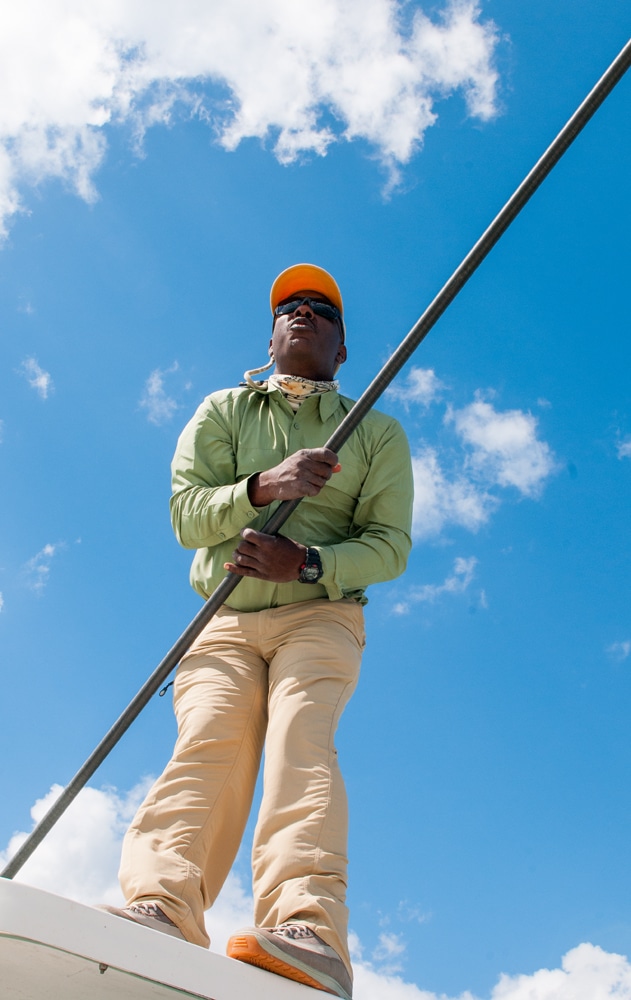
Bahamas Bonefishing Legacy
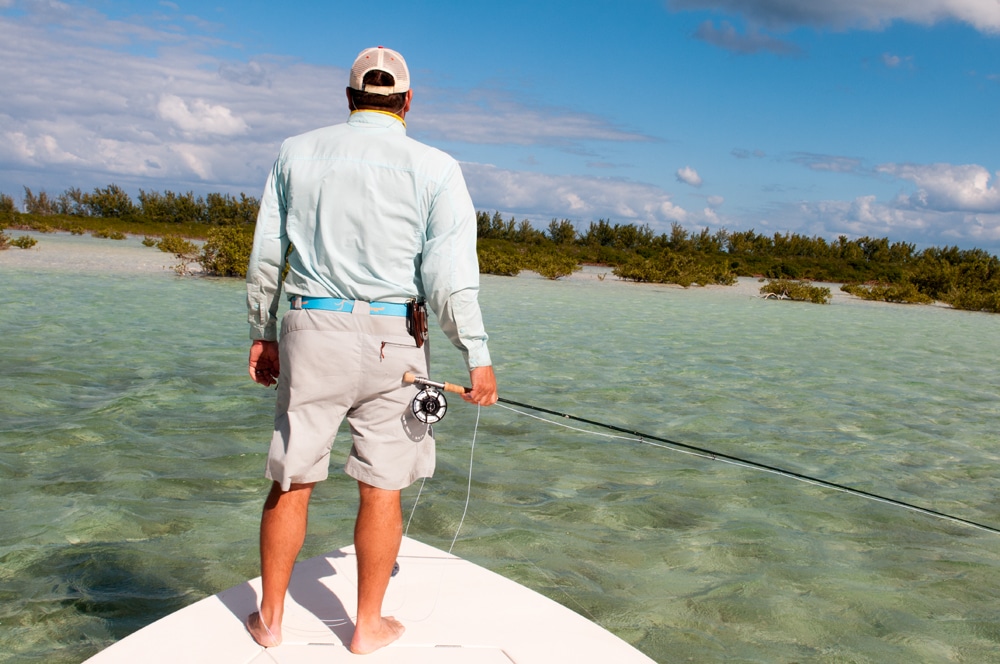
Bahamas Bonefishing Legacy
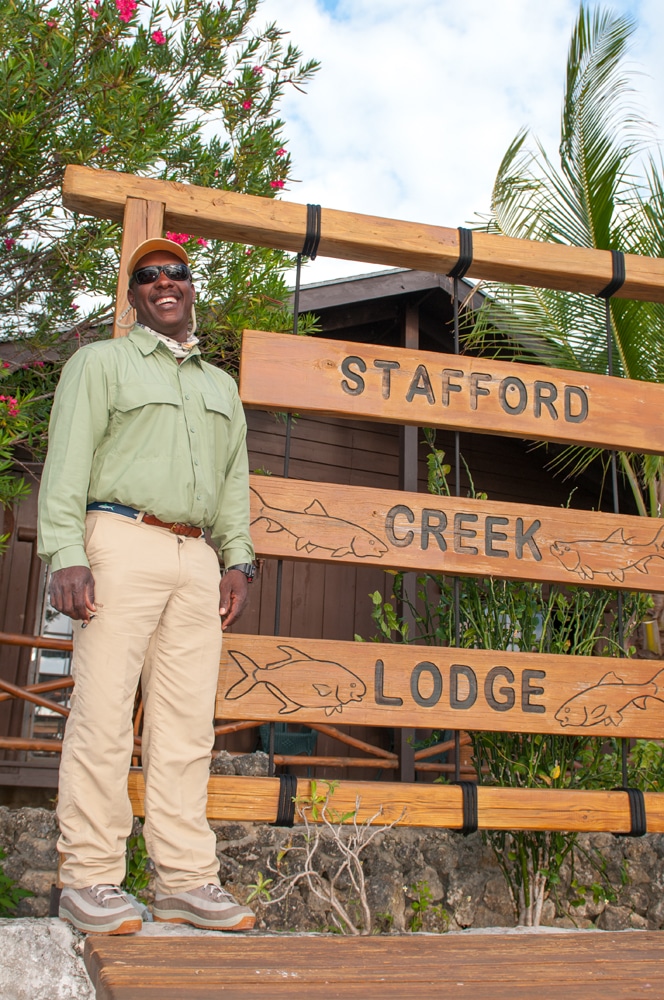
Bahamas Bonefishing Legacy
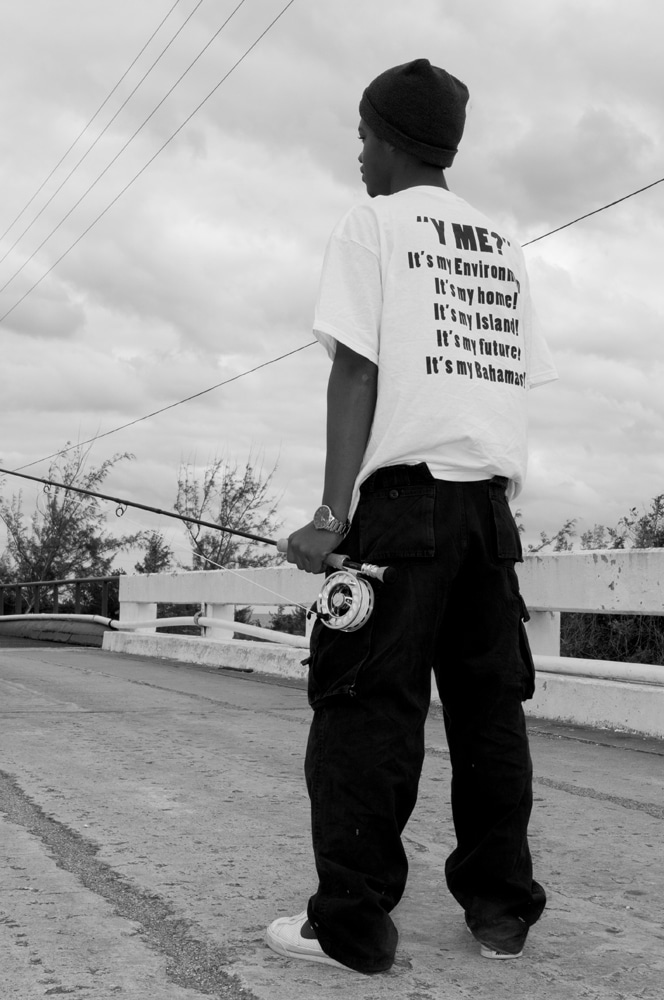
Bahamas Bonefishing Legacy
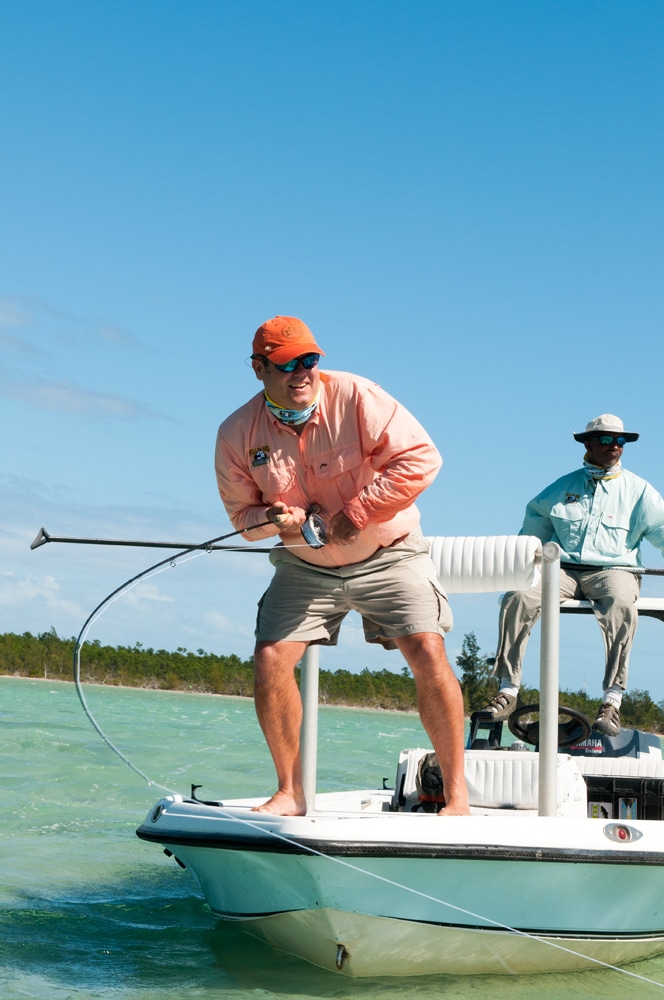
Bahamas Bonefishing Legacy
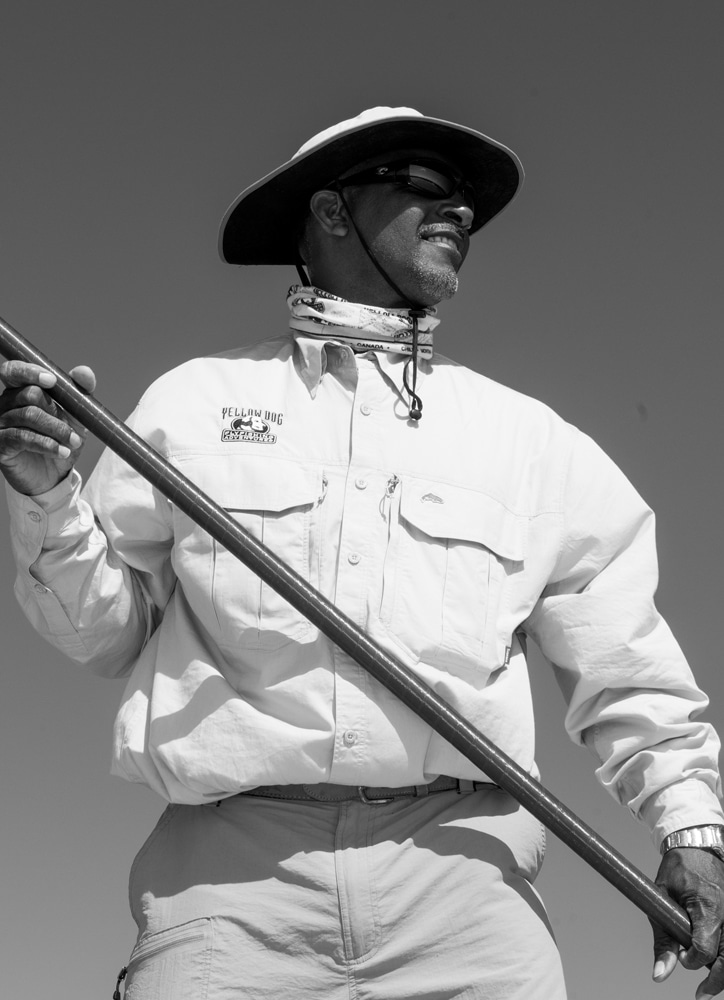
Bahamas Bonefishing Legacy
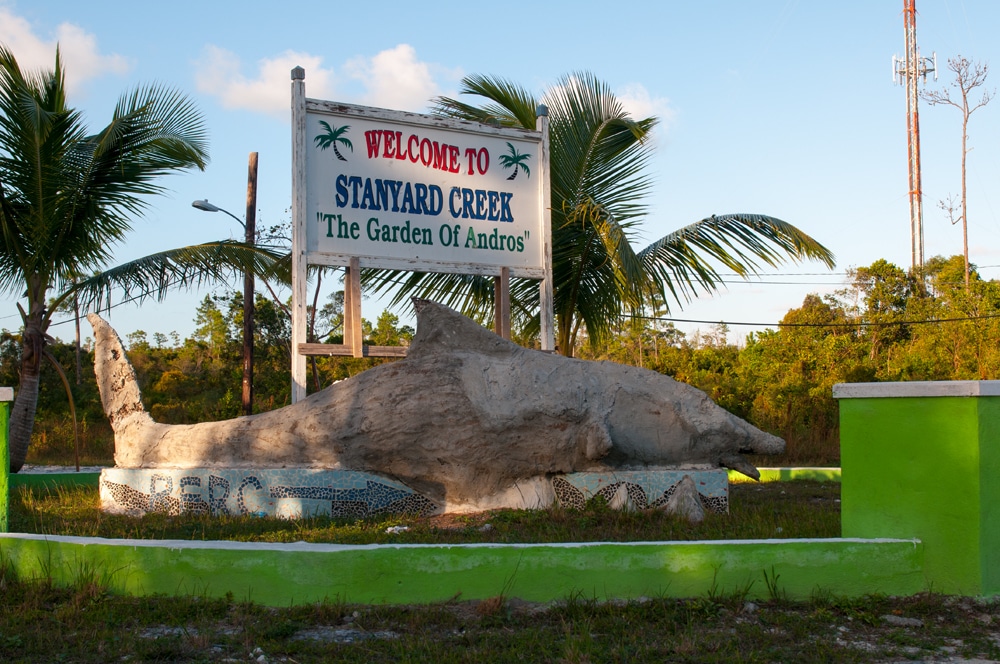
Bahamas Bonefishing Legacy
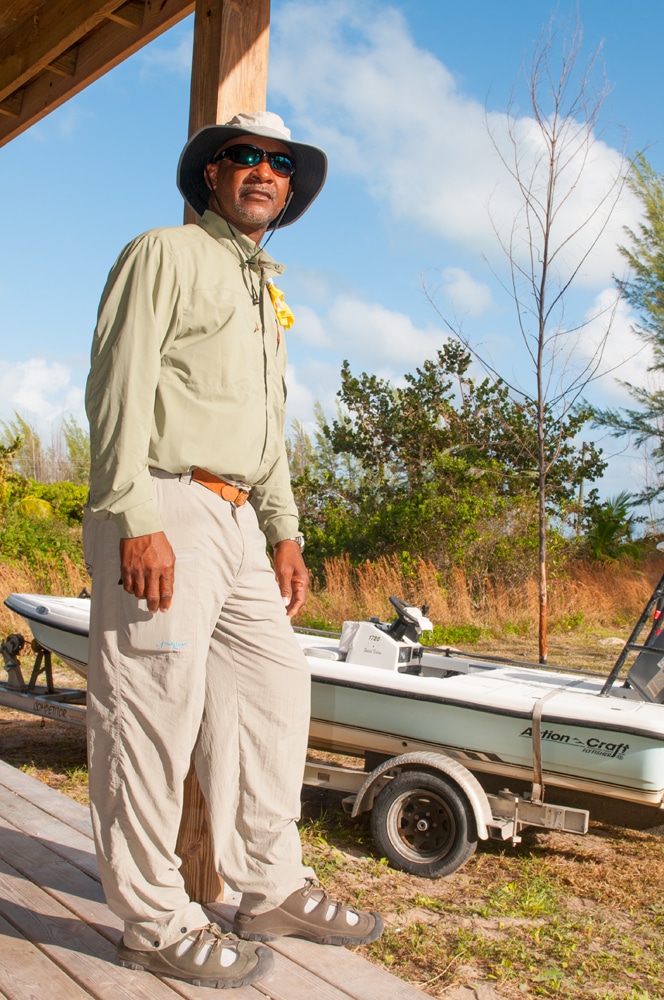
Bahamas Bonefishing Legacy
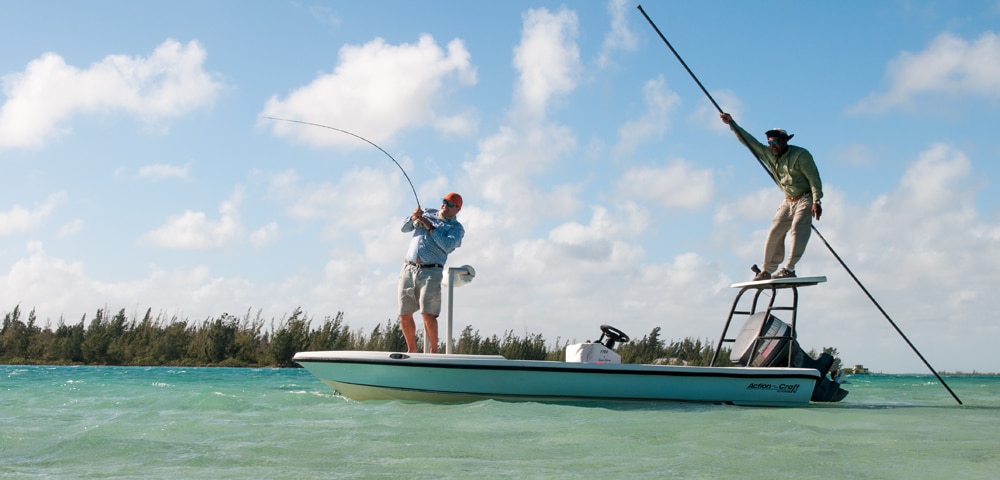
Bahamas Bonefishing Legacy
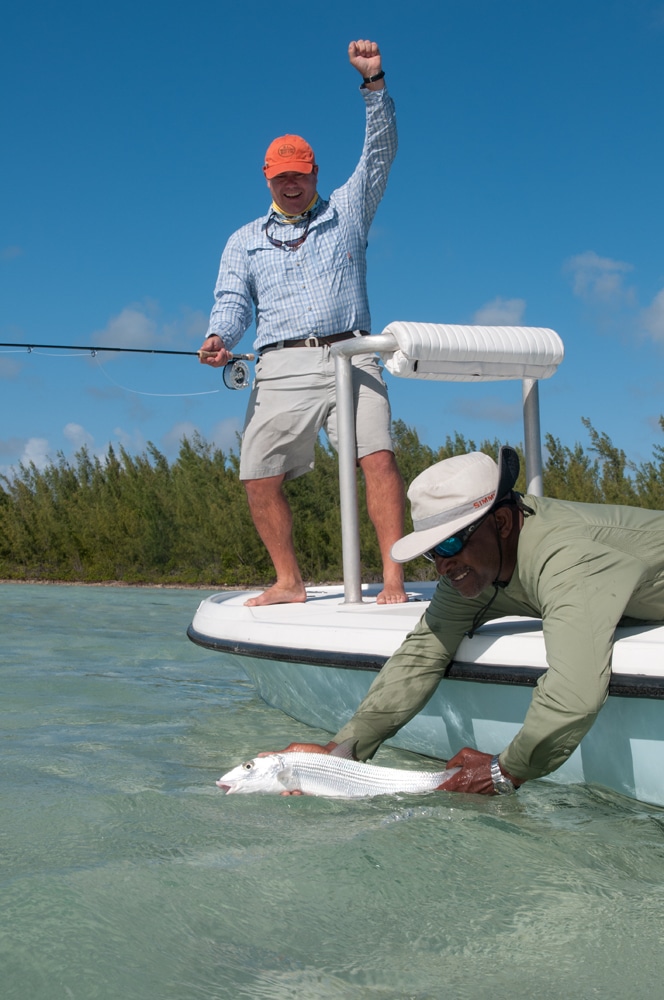
Bahamas Bonefishing Legacy
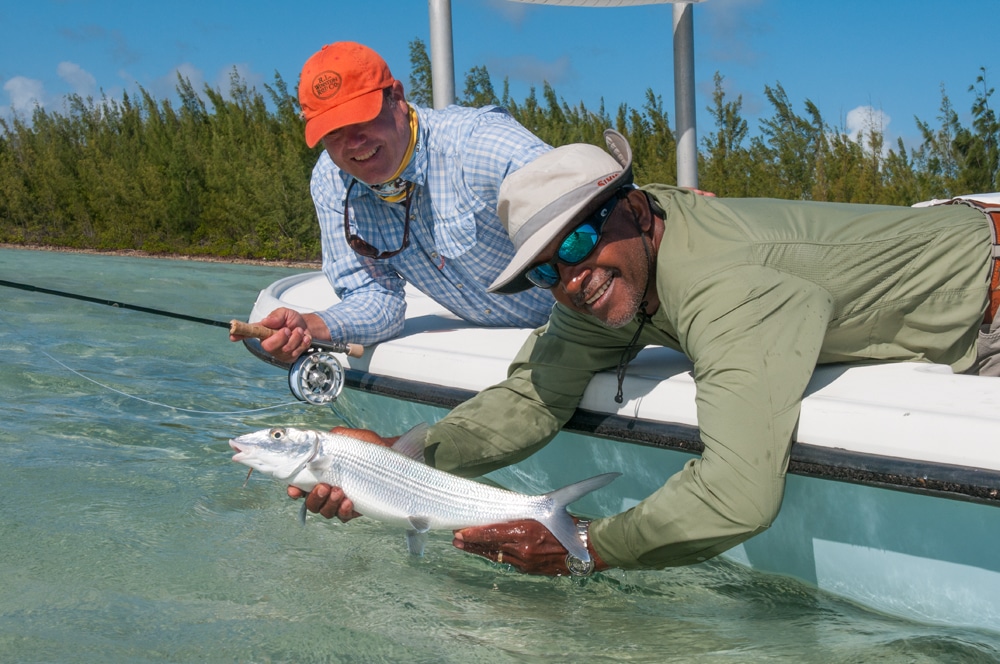
Bahamas Bonefishing Legacy
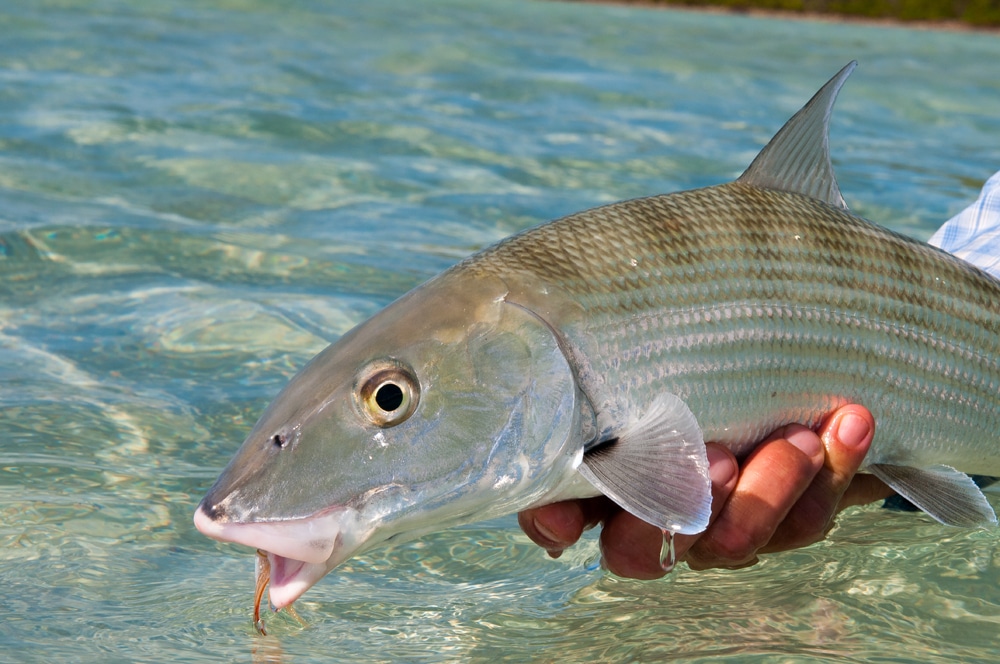
Bahamas Bonefishing Legacy
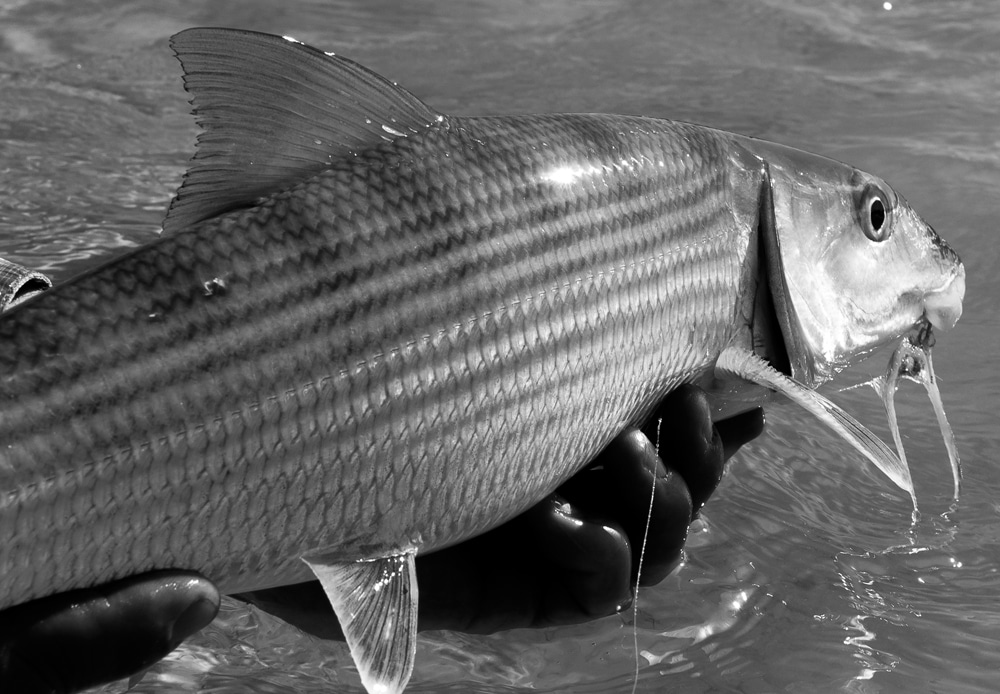
Bahamas Bonefishing Legacy
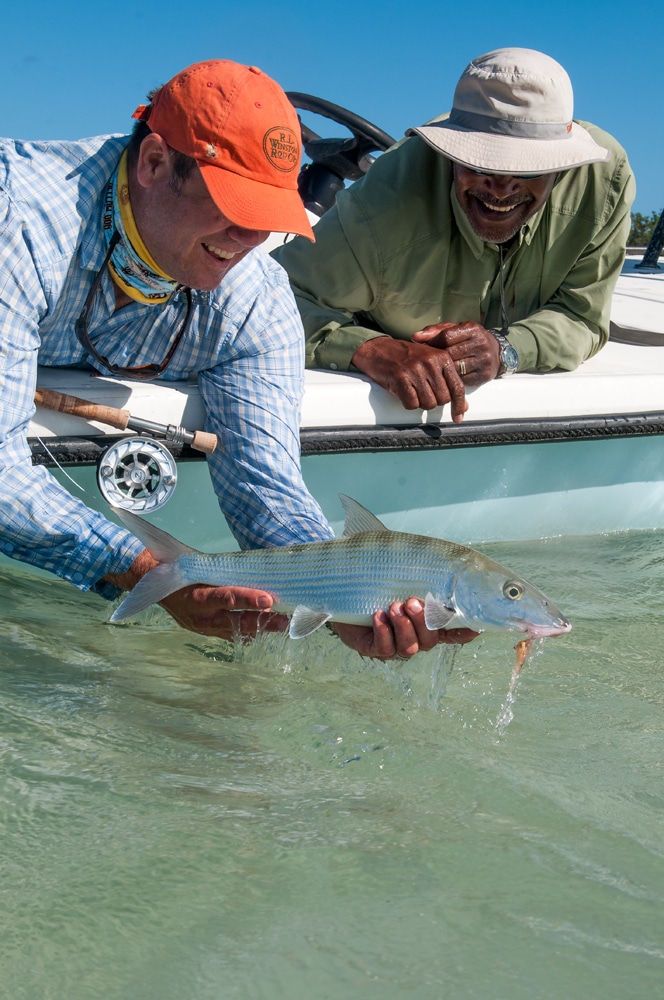
Bahamas Bonefishing Legacy
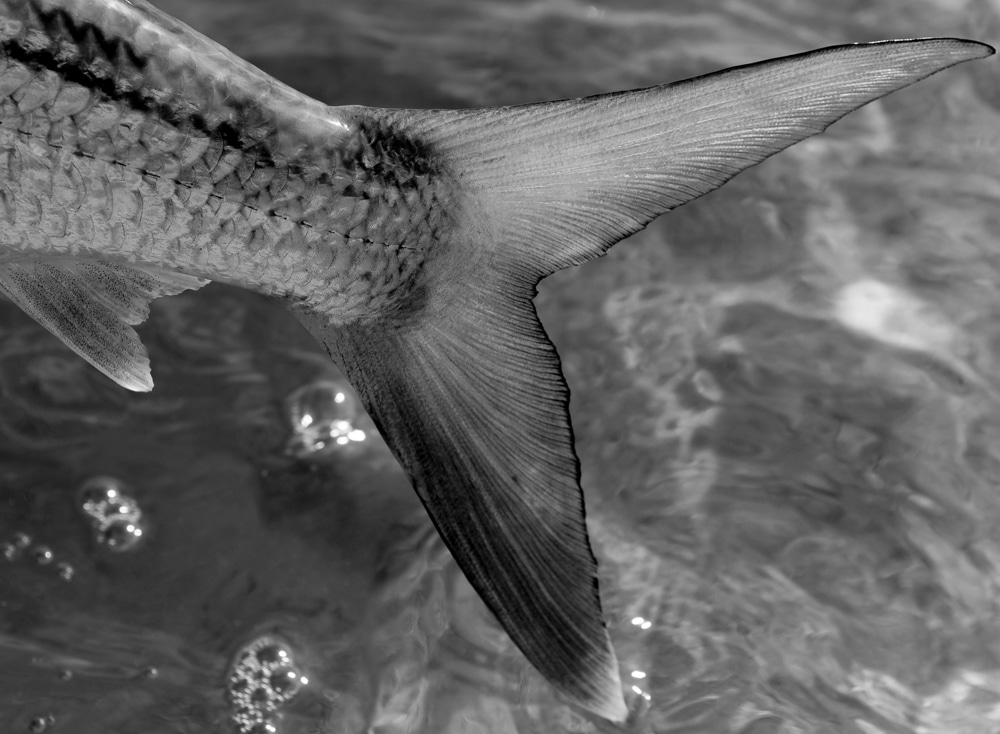
Bahamas Bonefishing Legacy
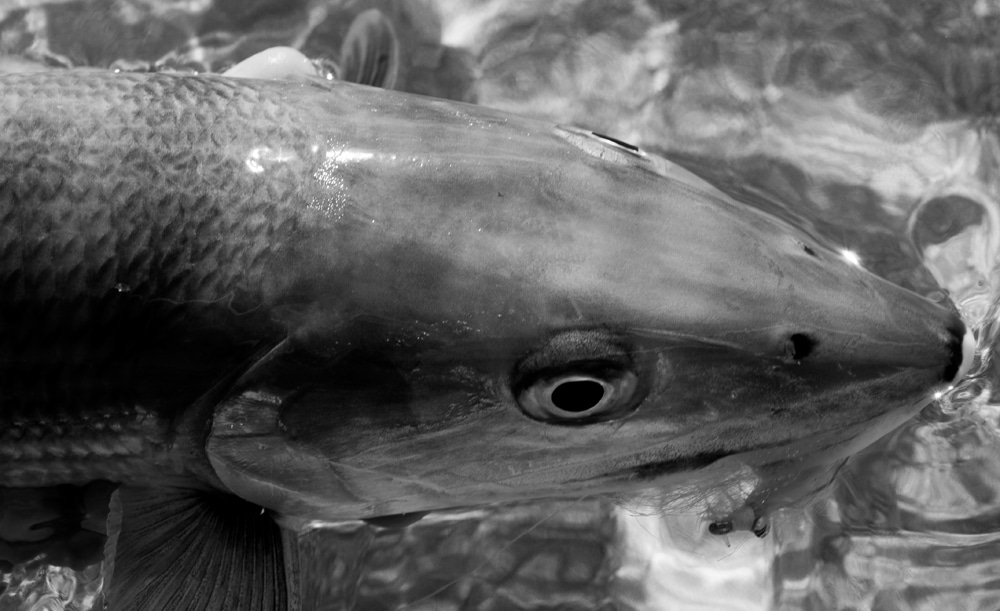
Bahamas Bonefishing Legacy
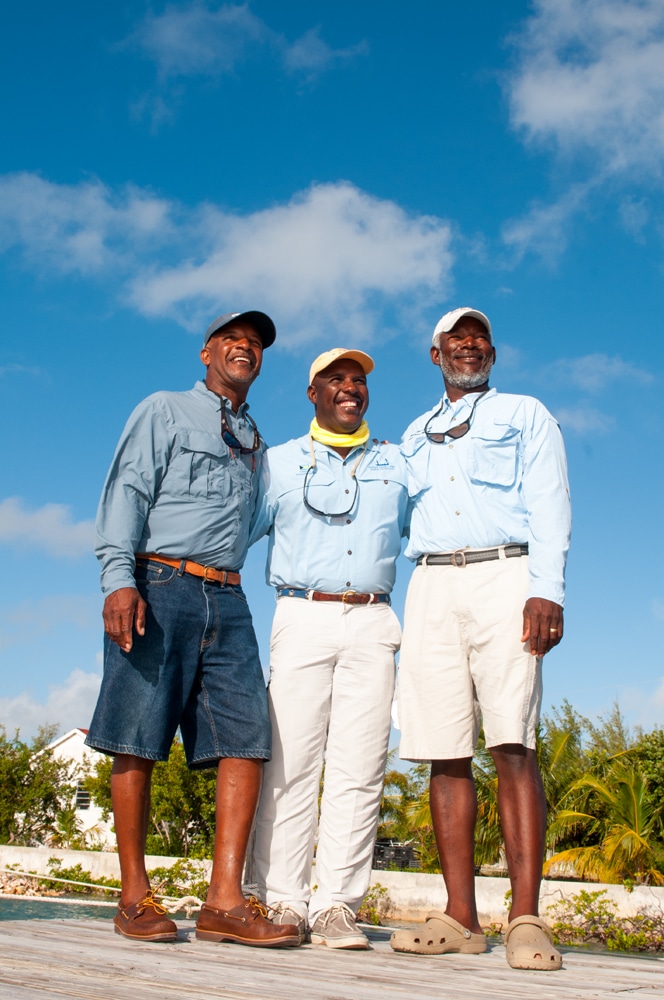
Bahamas Bonefishing Legacy
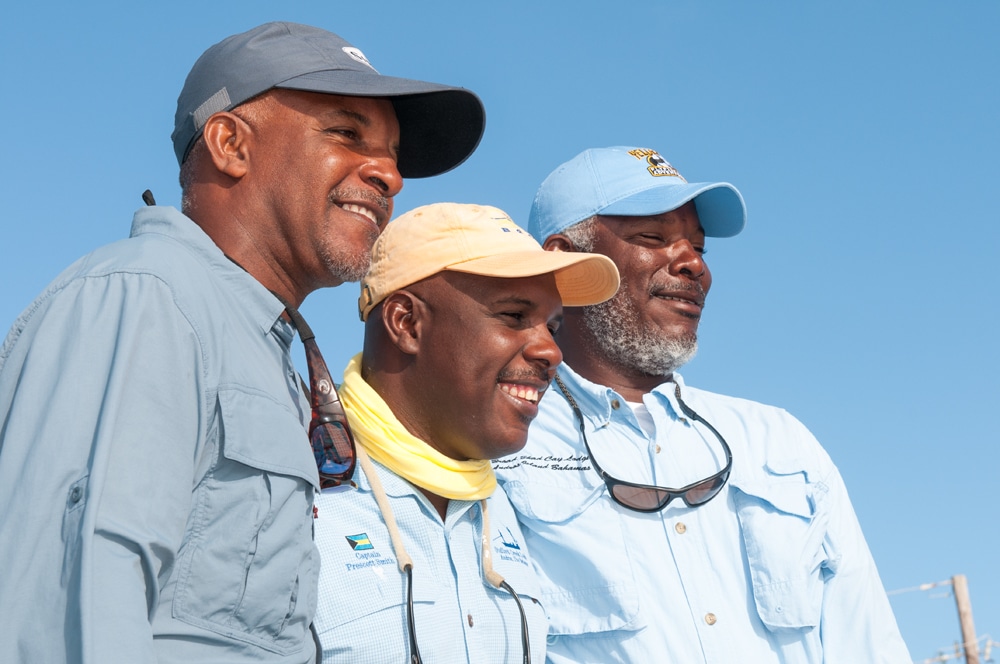
Bahamas Bonefishing Legacy
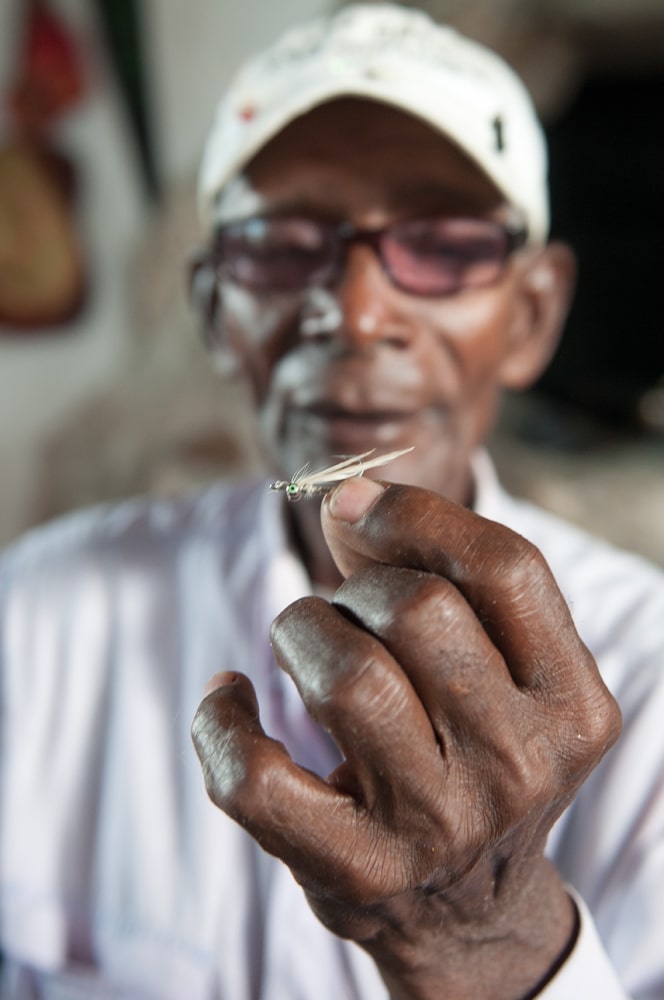
Bahamas Bonefishing Legacy
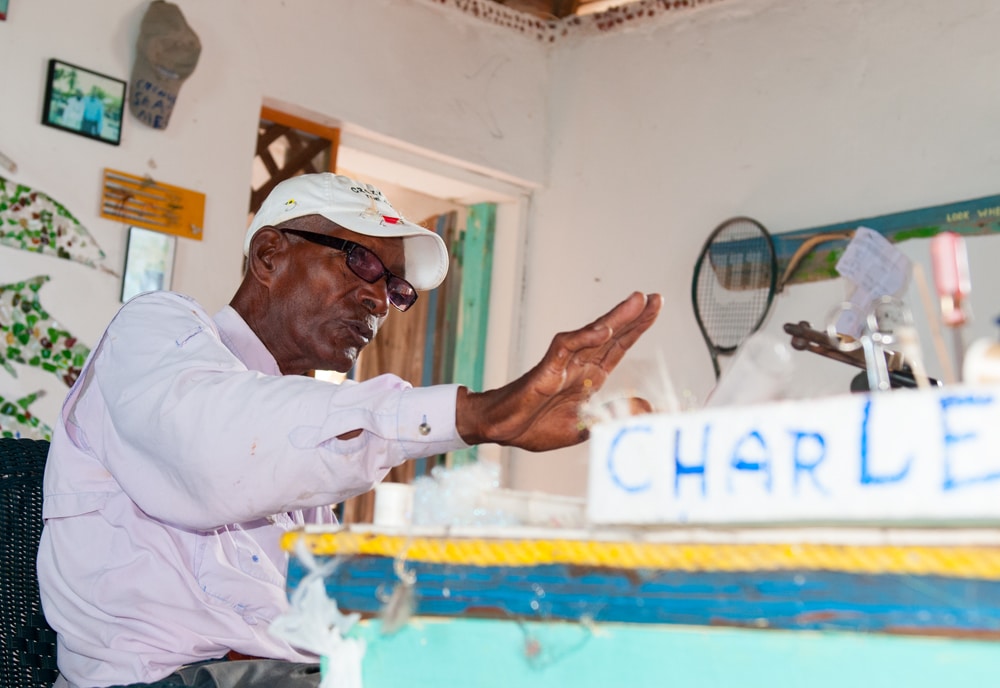
Bahamas Bonefishing Legacy
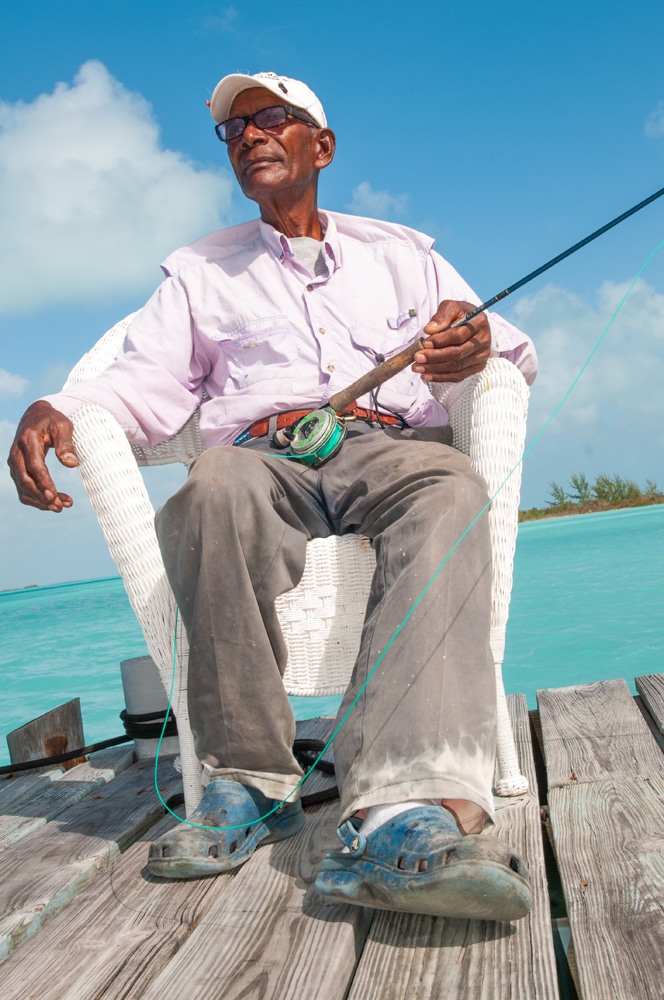
Bahamas Bonefishing Legacy
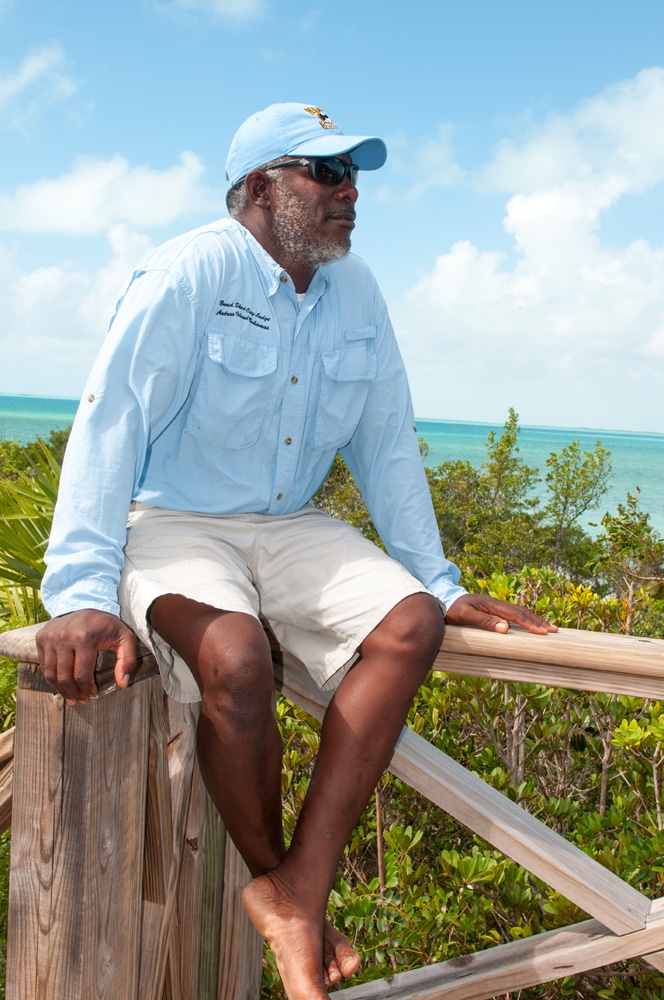
Bahamas Bonefishing Legacy
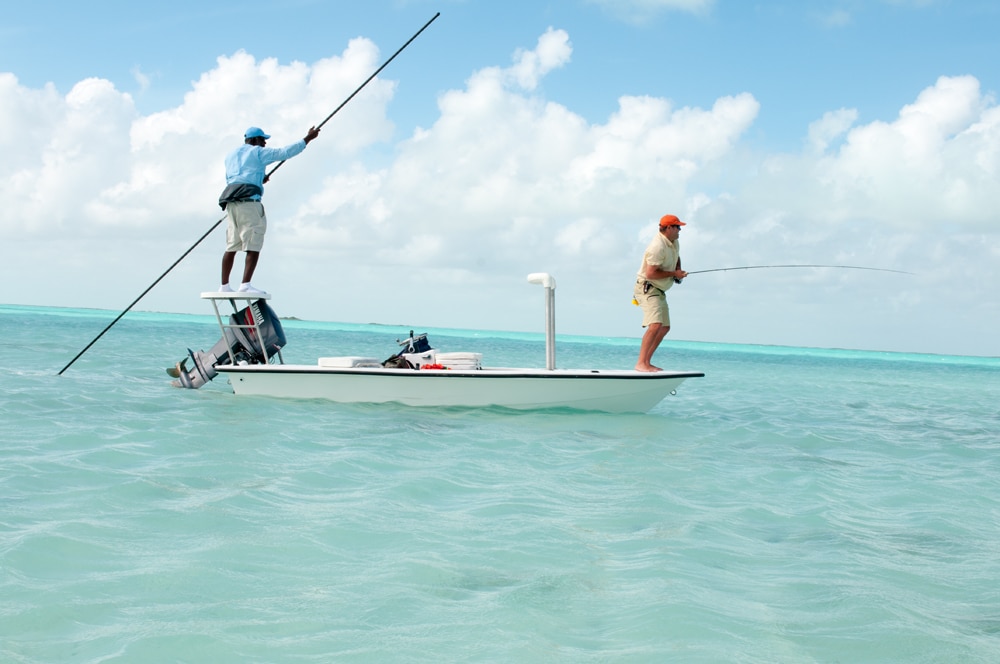
Bahamas Bonefishing Legacy
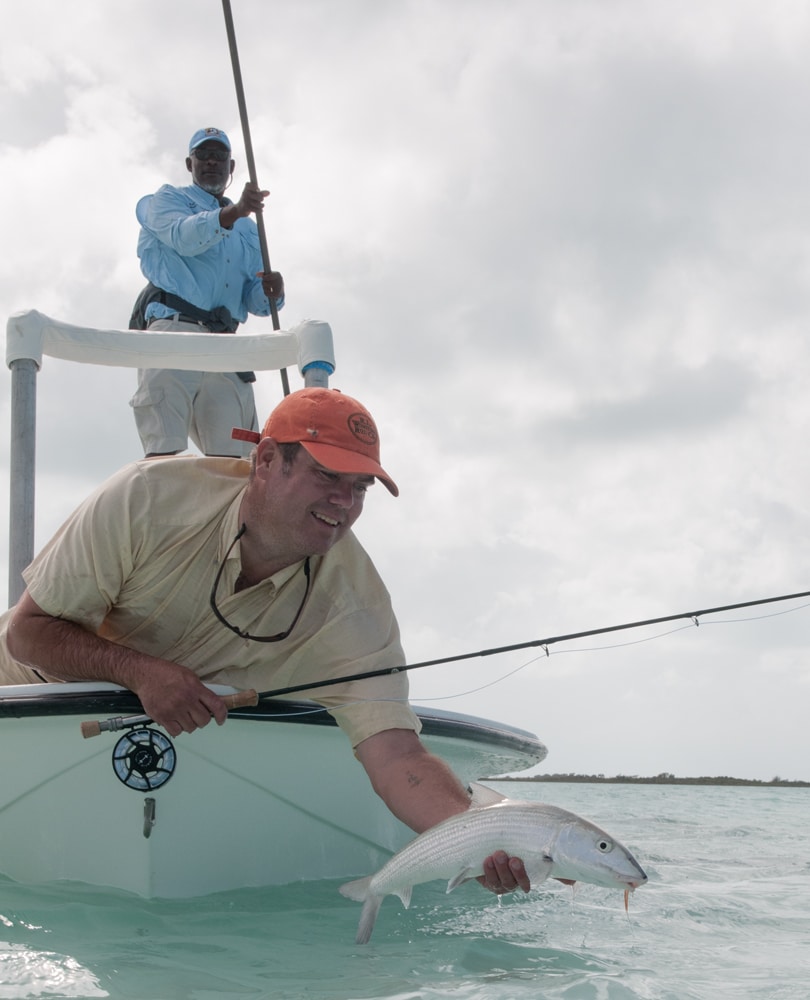
Bahamas Bonefishing Legacy
